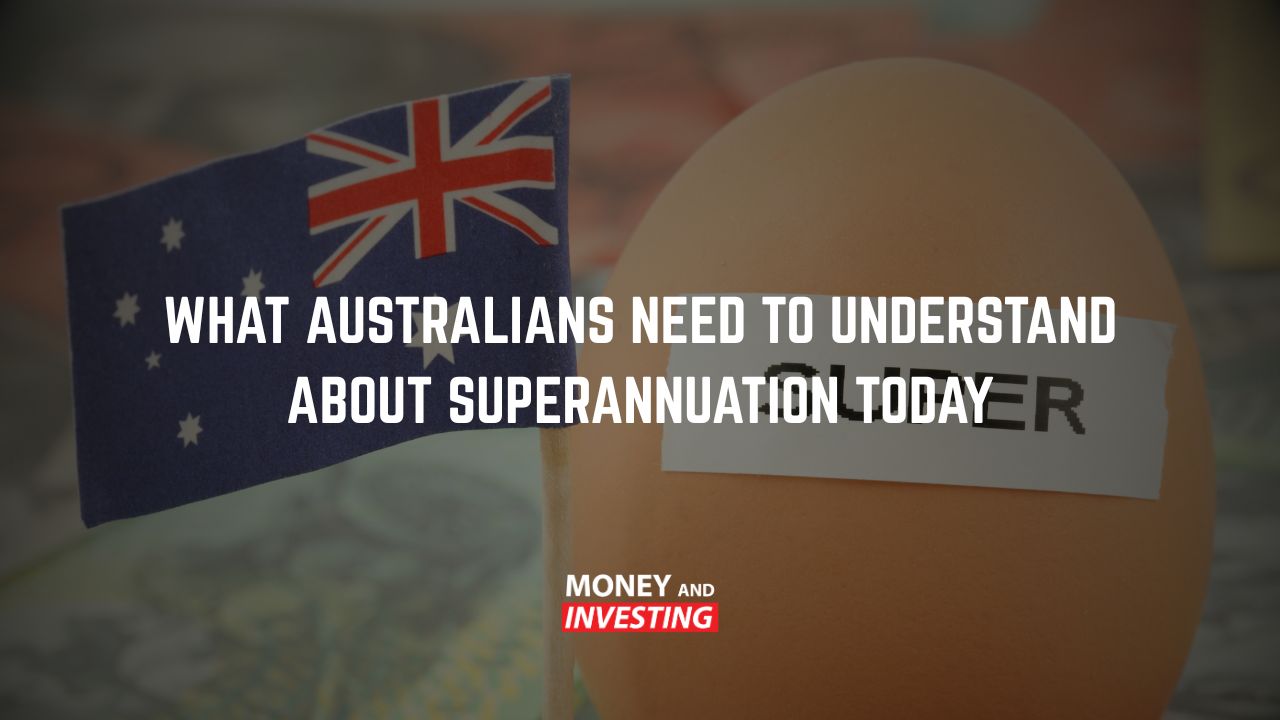Are Aussie Dividends Back?- Australian Investment Education. After being slashed last year amidst the COVID-19 pandemic. Tackling the thorny subject of dividends this year has been challenging. As an income source that many Aussie investors rely on. The question arises – are dividends are coming back? Or is there a better way? Here’s what:
What are dividends?
Before we go into the intricacies around dividends. Why they were slashed last year, and why they are having a resurgence now we must first touch on exactly what they are.
As a shareholder of the company. When a business turns a profit over a 6-month period what they will do is reward their shareholders through the payment of a dividend – which can either received as cash or as stock.
This gives investors an income flow and essentially will reward them. For being a loyal shareholder over time. As host Andrew Baxter describes. This is your snippet of the company profit every six months paid into your bank account.
2020 Dividends Slashed
Across the board and not only in the banks we saw dividends from most listed Aussie companies get slashed. Amidst a raging pandemic and an economic downturn. What we saw were companies opt to keep their retained earnings in the form of cash for any emergency spot fires that arose due to the largely uncertain environment – meaning shareholders weren’t being rewarded like they should have been.
From a company’s point of view. This was great as they were able to grow their cash stores in the bank and have more capital to reinvest for future growth. For investors, however, this left many people without an income flow and a lot of self-funded retirees in dire straits who rely on dividend income to pay their bills.
The Resurgence
Let’s fast forward this to the present where most Aussie companies are now trading back at Pre-COVID prices. As their share prices have rallied hard from their March 2020 lows. Earnings across the board increased dramatically and the economic environment become much more positive – companies are now forced to increase their dividends as their performance continues to remain steady.
As host Andrew Baxter exclaims – this really comes as no surprise and here’s why: Aussies aren’t travelling and are therefore only spending locally. We’ve had massive fiscal support from the government in terms of jobseeker and job keeper. And record low interest rates (not to mention the mining boom led by record high iron ore prices).
All of these factors mean that Aussie companies have been able to not only just survive the current economic environment. But thrive – pushing their share prices higher. Bolstering their earnings and allowing them pay out big in terms of dividends. When companies have plenty of cash it’s only fair that they reward their shareholders, right?
Fully Franked Dividends – An Aussie Invention
Something that is uniquely Australian and applies only to our dividends here locally is something known as franking credits. Franking credits apply when the tax on the dividends you receive has already been paid by the company prior to the dividend being released.
When a company pays a ‘fully franked’ dividend. What that means is that they have already paid the corporate tax rate prior whereby you end up acquiring tax free income. This is a very tax effective way to generate income. Because all of the hard accounting work that already done on your behalf.
For a low-income earner or someone in Super. You may actually receive a tax credit if your marginal rate is below the corporate tax rate of 27.5%. Which can be a nice bonus for some when it comes to tax time. Not all companies have franking credits applied to their dividends. However, most of the large blue-chip stocks (like the banks for example) certainly do – something that is uniquely Australian.
From your right pocket to your left
In the case of dividends, what most people don’t come to realise is that when a dividend is paid it’s really only going from the company’s left pocket to their right pocket. Take the example Commonwealth Bank which recently paid a $1.50 dividend – theoretically the share price should actually drop by exactly $1.50 on the ex-dividend date.
As a cash outflow for the company – yes, the investor receives a dividend. However, this is lost in capital value right away by the same amount. A better alternative to this, as host Andrew Baxter describes, is a strategy known as “Cash Flow on Demand”. This is a derivatives strategy using call options which allows traders to generate an income of roughly 2 ½ to 3 ½% income every 4 to 6 weeks.
Like most people, your household bills probably come more than twice a year. And thus relying on a semi-annual dividend may not be suitable for you. For anyone looking to generate a more regular and on demand income. Check out Australian Investment Education to learn how.



